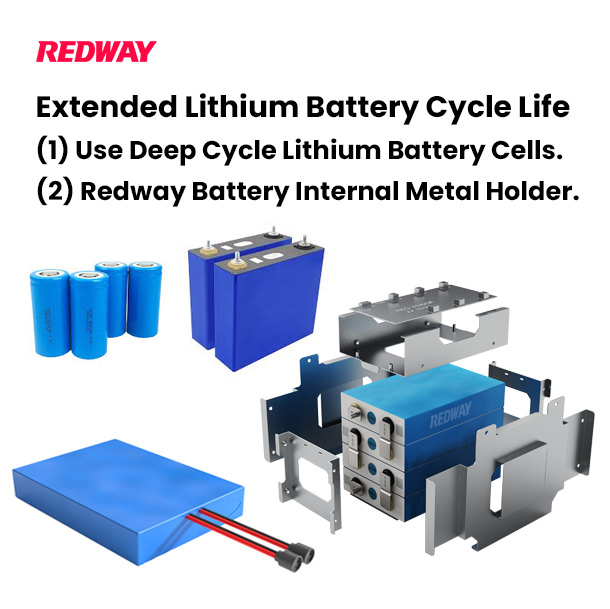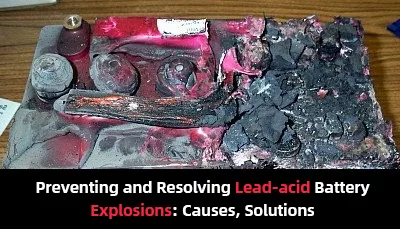Lead-acid batteries are widely used in various applications, including vehicles and remote power systems. They are valued for their ability to provide high currents for cranking power or to hold larger amounts of energy for longer periods of time. However, like any other battery, lead-acid batteries have a limited lifespan and require proper maintenance for optimal performance. Let’s explore some key points about their lifespan and storage considerations.

#post_seo_title
1. What is the lifespan of a lead-acid battery?
Lead-acid batteries typically have a lifespan of 500 to 1200 cycles. A cycle refers to one complete charge-discharge cycle. After reaching its specified lifetime, a battery’s capacity gradually reduces over time. For example, a battery that initially had 100% capacity may decrease to 80% after 1000 cycles and continue working until it reaches 60% capacity after around 2000 cycles.
2. How does temperature affect the lifespan of lead-acid batteries?
Temperature plays a crucial role in the lifespan of lead-acid batteries. Higher temperatures accelerate the aging process and reduce battery life, while lower temperatures can extend their lifespan. Ideally, storing lead-acid batteries at temperatures below 50 degrees Fahrenheit (10 degrees Celsius) is recommended to prevent premature deterioration.
3. What is battery shelf life?
Battery shelf life refers to the period during which an inactive battery can be stored before its capacity drops to 80% of its initial rating. A sealed lead-acid (SLA) battery can generally sit on a shelf at room temperature for up to a year when fully charged. However, it is advisable to recharge SLA batteries every 6-9 months to maintain their performance.
4. What is sulfation, and how does it affect lead-acid batteries?
Sulfation occurs when the electrolyte in a lead-acid battery breaks down, leading to the formation of lead sulfuric crystals on the battery’s lead plates. This build-up inhibits the battery’s intended operation and reduces its ability to accept and deliver a charge. Allowing a SLA battery to discharge to a certain point can lead to sulfation, rendering the battery useless and shortening its lifespan.
5. What are the recommended storage conditions for SLA batteries?
To preserve the performance and lifespan of SLA batteries during storage, it is recommended to store them at temperatures below 50 degrees Fahrenheit (10 degrees Celsius). Additionally, periodic recharging every few months is advised to maintain the battery’s capacity.
6. How often should SLA batteries be recharged during storage?
When storing SLA batteries for extended periods, it is recommended to perform a top charge every few months. A top charge involves applying a constant voltage of 2.4 volts per cell for 20-24 hours. For example, a 6-volt SLA battery with 3 cells would require a top charge of 7.2 volts, while a 12-volt SLA battery with 6 cells would need 14.4 volts.
7. Can a stored SLA battery be revived if it no longer holds a charge?
If a stored SLA battery no longer holds a charge, it is likely beyond repair and needs to be replaced. Attempting to revive a battery that has suffered extensive sulfation or internal damage may not yield satisfactory results.
8. How can the lifespan of a lead-acid battery be extended?
To extend the lifespan of a lead-acid battery, proper maintenance is essential. This includes regular recharging, avoiding deep discharges, and ensuring the battery is stored in suitable conditions. Following the manufacturer’s guidelines for maintenance and usage can also help maximize the battery’s lifespan.
9. What are the environmental considerations for lead-acid batteries at the end of their life?
Lead-acid batteries contain toxic materials and must be properly disposed of or recycled at the end of their useful life. Recycling programs are available to ensure the safe handling and recycling of lead-acid batteries, reducing environmental impact.
10. Where can I find replacement lead-acid batteries?
If you need to replace a lead-acid battery, BULLSBATTERY offers substantial savings and a convenient search feature on their website. You can search by dimensions, voltage, and amperage or contact them directly for assistance.
Transition words: typically, however, although, unlike, therefore, for example, additionally, likely, also, following




